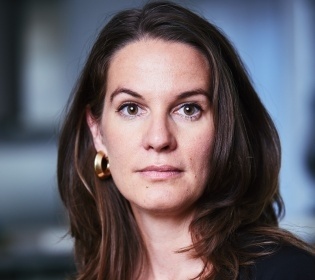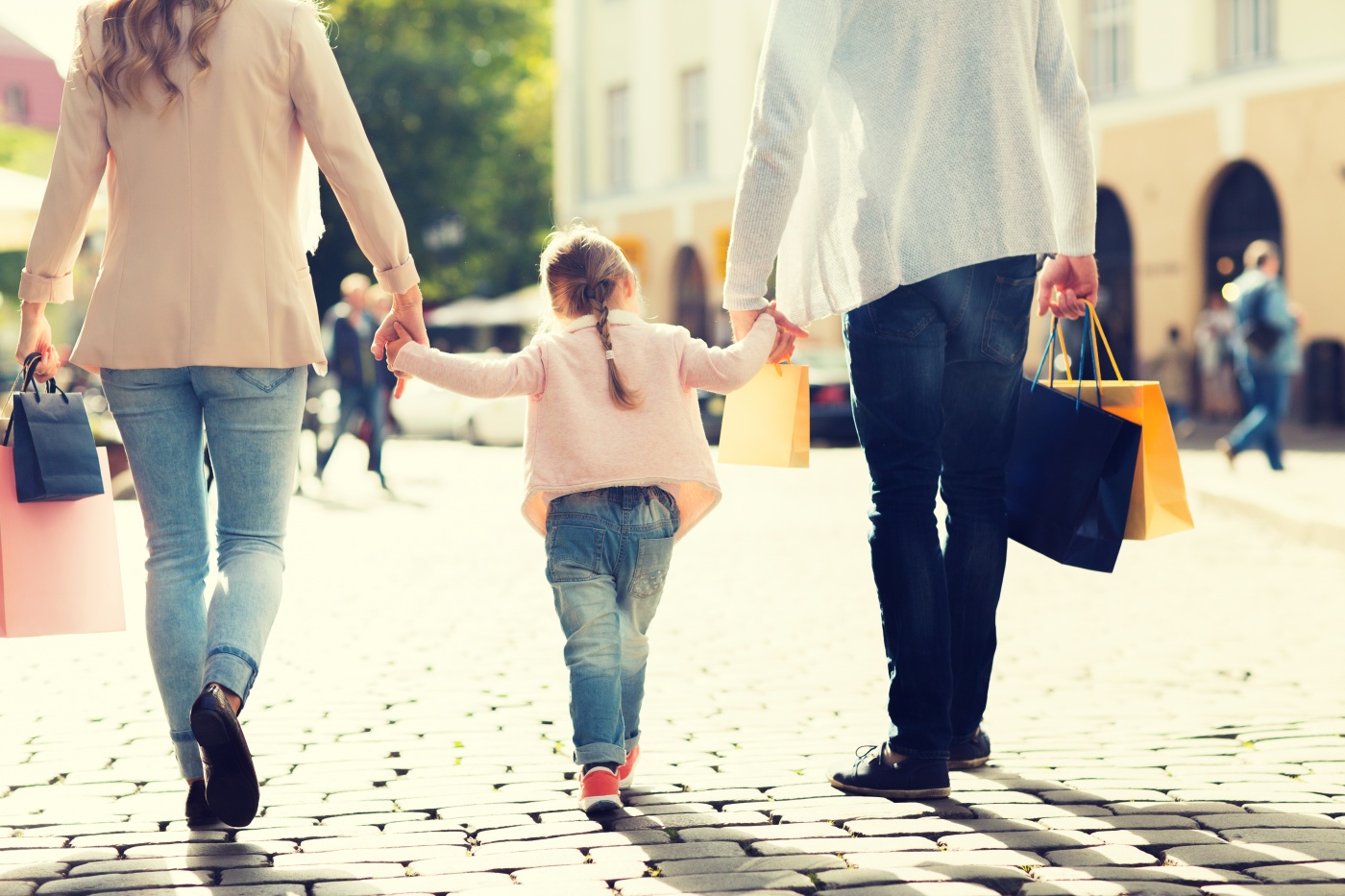Online retail, coronavirus pandemic, monotony – city centers are fighting many battles these days. But although times might be tough for brick-and-mortar businesses, all is not lost when it comes to pedestrian zones.
However, retailers should not wait too long before making the necessary changes caution Dr. Anna Schwan from Schwan Communications, and Arndt-Helge Grap from Radiopark. The experts explain the steps retailers should take.
City centers seemed eerily quiet in recent months amid the Coronavirus pandemic. Shops and restaurants have since started to reopen. How is the situation at the moment?
Arndt-Helge Grap: I am in Hamburg and notice that city centers are getting busier again, with long lines of shoppers waiting outside retail hotspots like Zalando. However, that tends to be because retailers must follow public health guidelines amid the pandemic and have to make sure they limit the number of customers inside their stores. In short, the city center is crowded. That being said, the measures I just mentioned also result in a more lethargic, rather unfriendly ambiance in retail businesses and restaurants thanks to masks, Plexiglas barriers, and social distancing protocols wherever you go. Of course, all of these actions are necessary to protect everyone and slow the spread of the disease, but it evidently doesn’t necessarily help the industry sectors.

How can you counteract this gloomy setting?
Grap: Music is very important and right on trend at the moment. Right now, it is one of the few ways you can quickly and easily create a positive atmosphere in spaces. Our retail customers request feel-good music from the pop, soul, or funk music genres. The human voice has been reported to evoke the full range of human emotions in guests and customers, which is also why vocal music is presently more popular than instrumental music.
Let's take a look outside the stores. Mr. Grap already mentioned that pedestrian zones in city centers are slowly filling up again. Dr. Swan, how important was shopping pre-pandemic?
Dr. Anna Schwan: That depends on how far back in history you want to go. At the beginning of the new millennium we still saw classic high-street shopping where people liked to stroll, shop, and spend time visiting the shopping streets in city centers or urban districts. It’s a tradition that can actually be traced back to the Middle Ages in Europe – today’s stores are the equivalent of markets at town centers back in the medieval days. This is how our inner cities evolved into what they are today. It’s something we should keep in mind when we think about what the city of tomorrow should look like. Online shopping and Coronavirus have fundamentally changed our cities. Right now, we are seeing more and more vacant stores – not only is this sad, it’s also dangerous. That’s why we have to act now and ask ourselves: What do we have to do to protect our cities and make sure that city centers don’t become zones of calamity and turn into ghettos, like so many downtowns in the US?


What is your solution?
Schwan: I think one of the trigger points is emotionality. We must create an emotional connection. Human emotion can be evoked through music, culture, and real life that takes place in the streets. This is a unique selling position that differentiates city centers from their online competition and they have to take advantage of it. Cultural events that are easy to digest might be the key to success: events, small art pop-up galleries, concerts in the city, fashion shows in shopping centers – these are some tools to attract people back to the city centers. But this requires concerted efforts and strategic planning. It’s not enough to just temporarily put a gallery in an empty retail space. It's also about surprising your residents with new, revamped city centers. Each city has to determine what this means for their unique setting and find out what works. To be successful, all stakeholders in retailing, and the hotel and hospitality business should work hand in hand, with city stakeholders acting as multipliers accelerating their impact. Together they can create a positive and emotional ambiance.
How could this idea be implemented in the future?
Grap: Unibail is currently developing a large shopping center and urban community hotspot called Westfield Hamburg with views over HafenCity and the city harbor of Hamburg. The goal is to create an entertaining mix of gastronomy, hotels, living and office accommodations, and entertainment, featuring event spaces with LED screens and public address systems. It makes room for unique experiences, with art playing a key role. Above all, the mixed-use urban district fosters a life-work-play lifestyle, which is what makes it so innovative and unique. This is a glimpse of the future.
I also think Bikini Berlin is a great example of shopping and marketing done right. All of its stores are unique. Some are pop-up stores that are only open for four weeks and are then replaced by something entirely new. Visitors like to linger in the mall’s amazing cafés. The large glass façade offers views of the Berlin Zoo, adding to the shopping center’s attractiveness. It’s all about surprising and delighting your customers and this new concept embodies this sentiment.
Schwan: Incidentally, the mall’s pop-up stores are modeled after market stalls. The center is basically the 21st century translation of a marketplace. Customers love to come here because they feel most at ease in familiar surroundings that have a new and innovative twist. So you might say, Bikini Berlin embodies the spirit of the medieval marketplace and redefines it for the future.
What is your idea of the perfect downtown shopping experience?
Schwan: I'm a big fan of concept stores, especially if you add a small café to the mix. I think it’s such a great idea: beautiful design, select items of clothing, accessories and books are accompanied by delicious coffee and cake. I can sit down at my leisure, watch other people shop and spot products I like at the same time. And if I pick something that’s not available, I can order it online at the store and it will be delivered to my home the same day.
Grap: Every mall or shopping center has the same chain stores because they are the only ones that can still afford the ridiculously high rents. But this makes shopping boring. You shouldn’t be too surprised if downtown areas stay empty because everywhere you go, you have the same setup and products. I and other customers know that retailers can win us over if they sell unique items. Personalized quality customer services create a superior customer experience. It’s something I simply don’t get when I shop online.











